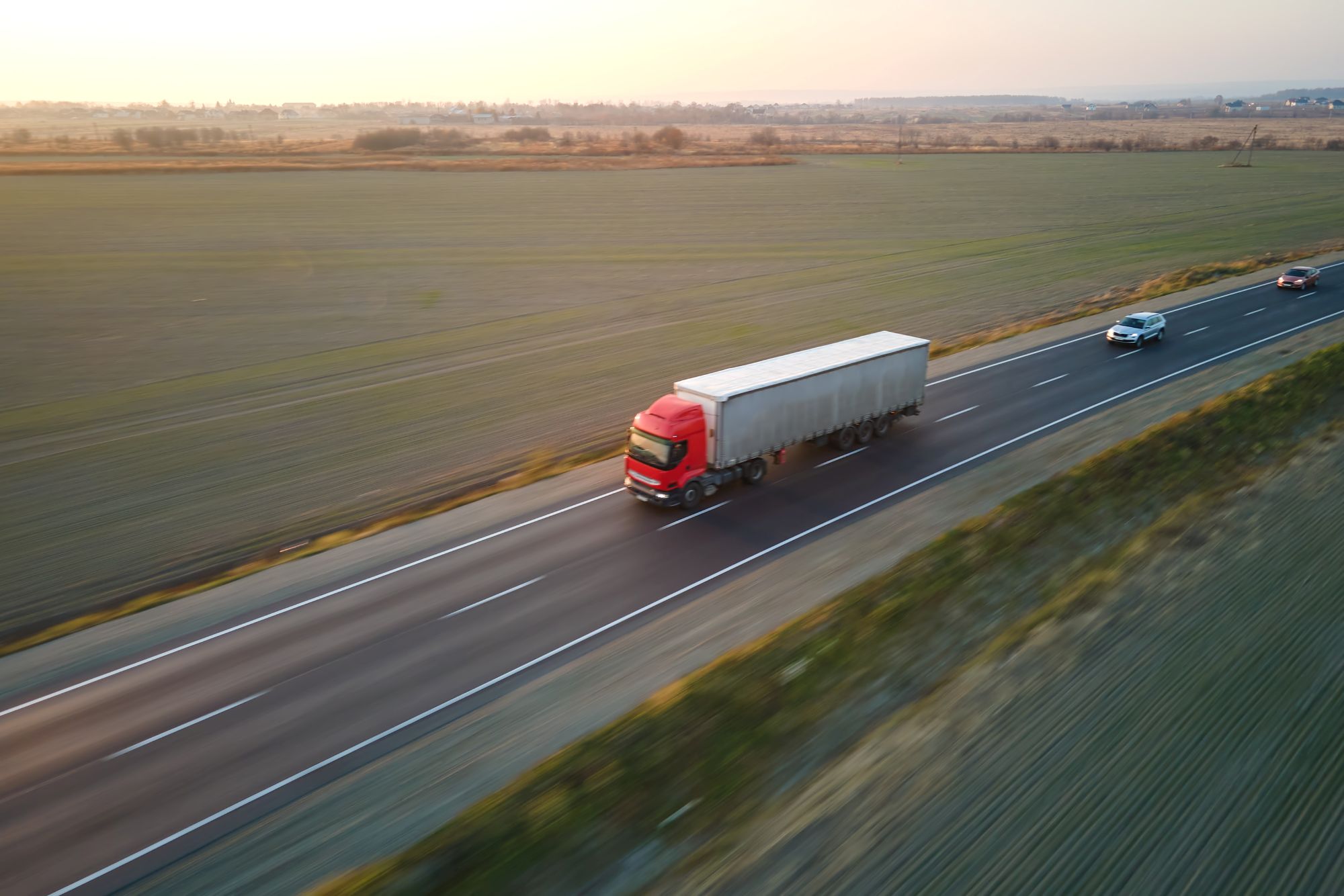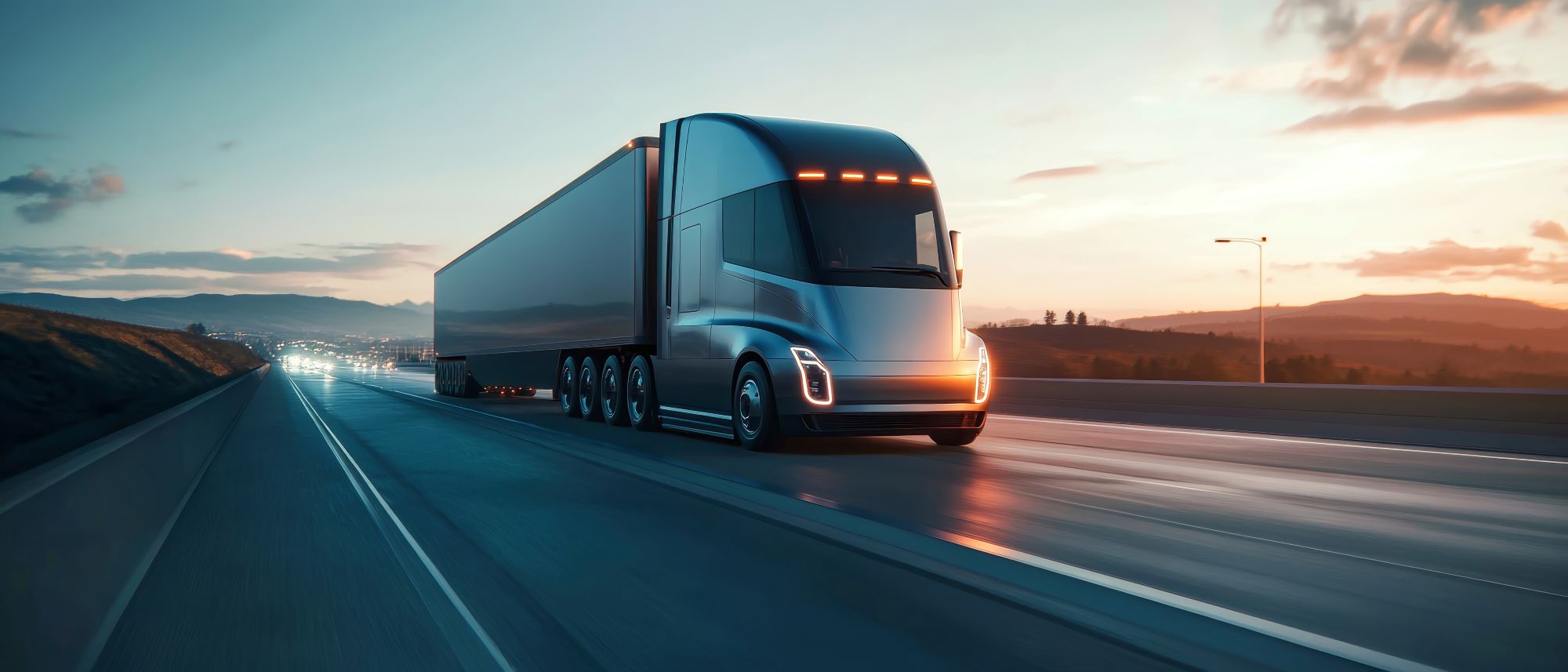
Miranda Blake
A sofőrök elégedetlenek a kamionmegállókkal: Mi a probléma?
Létrehozva: 11. 11. 2024
•
Frissítve: 09. 12. 2025
A független megfigyelőszervezet, a Transport Focus [nemrégiben készült felmérése] (https://d3cez36w5wymxj.cloudfront.net/wp-content/uploads/2024/11/04184443/Lorry-Driver-Facilities-Survey.pdf) szerint a tehergépkocsi-vezetők közel fele nem elégedett az angliai teherautó-megállók számával és minőségével. Úgy érzik, hogy ez utóbbi az elmúlt évben is romlott.
Itt a SNAP-nál kiváló szolgáltatásokat nyújtó kamionparkolók hálózata van (sőt, hamarosan saját díjainkat is elindítjuk a legjobb kamionparkolókat ünnepelve!). Tehát, ha rengeteg nagyszerű van odakint, akkor felmerül a kérdés: miért olyan boldogtalanok a sofőrök?
A probléma mélyebb vizsgálata
Először is nézzük meg, hogy mivel nem elégedettek. A járművezetők azt mondják, hogy nem érzik magukat szívesen és biztonságban minden megállóban. Ráadásul nem tudnak rendesen pihenni vagy egy jót enni. A visszajelzések között szerepelt, hogy nem mindig áll rendelkezésre egészséges étel vagy tiszta zuhanyzó és WC. Egy női járművezető azt is megjegyezte, hogy a női mosdóban nincs zuhanyzó - ami azt jelenti, hogy nincs más választása, mint bemenni a férfi mosdóba mosakodni.
Fontos azonban kiemelni, hogy a statisztikák azokról szólnak, akik úgy döntöttek, hogy a pihenőhelyeken tartják a szüneteket, így valószínűleg van némi teljesítés. Ráadásul a felmérés csak az összes teherautó-, autópálya- és az A jelzésű angliai útvonalakon található pihenőhelyek egyharmadánál kérdezte meg a járművezetőket a tapasztalataikról. Ráadásul sok kamionparkoló legalább 95%-os elégedettségi pontszámot ért el, az általános elégedettség pedig 86%-os volt.
Tehát talán a probléma nem is olyan nagy, mint amilyennek látszik. Bár az iparág semmiképpen sem hagyhatja figyelmen kívül - különösen annak fényében, amit az eredményeink feltártak.
Amit a SNAP kutatása felfedezett
Megállapítottuk, hogy a sofőrök 70%-a a benzinkutakat vagy kamionstopokat választja a pihenőhelyek helyett, aminek egyik fő oka a nem megfelelő biztonság volt. Korábban például már tapasztalták, hogy levágták a függönyüket. Bár érdemes megjegyezni, hogy 2023-ban a cambridgeshire-i rendőrség jelentése szerint [a rakománylopások 46%-a utcán vagy pihenőhelyeken történt] (https://www.rsainsurance.co.uk/news/insurance/tackling-cargo-crime-in-2024/#:~:text=The%20majority%20only%20offer%20a,these%20happened%20in%20lay%2Dbys.), míg a benzinkutak 27%-a - ami arra utal, hogy a sofőrök talán rossz helyen aggódnak.
Közösségi oldalainkon a tehergépkocsi-vezetők több mint fele elárulta, hogy szerintük az Egyesült Királyság pihenőhelyei nem biztonságosak az európaiakhoz képest. És azokon a helyeken, amelyek magasabb szintű védelemmel rendelkeznek, 70%-uk látta, hogy ezek kora estére megteltek.
Bár ez azt jelenti, hogy nincs elegendő mennyiség a kereslet kielégítésére, sok helyszínünk fantasztikus biztonsággal rendelkezik. Tehát azoknak, akiknek nincs, meg kell fontolniuk, hogyan javíthatják ezt.

A teherautó-parkolók legmagasabb szintű biztonsága
Számos szolgáltatást nyújtunk a jobb élmény érdekében - beleértve az iparágvezető biztonsági csomagjainkat a SNAP Access & Security-n keresztül. Az ANPR kameráktól és sorompóktól a CCTV -ig a legjobb védelmet biztosítjuk a kamionmegállók és így a sofőrök és a flották rakománya számára.
Többet megtudhat a SNAP Access & Security szolgáltatásról, vagy megismerheti egyéb szolgáltatásainkat (például parkolás és mosás) itt.



